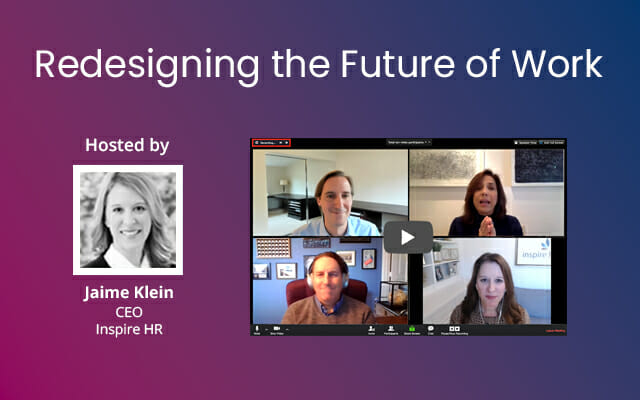
Maximizing the Impact of Interim Talent (Your Secret Weapon)
FEB 03, 2021
Maximizing the Impact of Interim Talent (Your Secret Weapon)
The most successful and resilient companies are integrating interim talent as a secret weapon to be able to pivot, adapt, and grow to prepare for the future of work.
According to Intuit, 80 percent of large corporations plan on “substantially increasing” their use of a flexible workforce in the coming years. From start-ups to Fortune 500s like Google and Johnson & Johnson, companies turn to interim talent for several advantages, including:
- Business continuity when a role is open
- Immediate solutions when a permanent job description and seniority level are uncertain
- Senior-level strategy and mentorship of full-time staff
- To maximize their return on investment
Many HR and business leaders are not sure how to maximize the potential of interim talent, though. Deloitte reports that just 28% of employers feel ready to capitalize on the benefits of interim talent.
Watch now as Inspire CEO Jaime Klein leads a panel of experts, including Greg Boudewijn, Chief Operating Officer, Slick Deals, a Goldman Sachs company; Rosa Sabater, President, Martellus LLC, a fractional marketing consultancy; and Sean Wright, Inspire Expert and fractional executive HR leader to share practical tips and experiences around:
- When to incorporate fractional talent and when to shift duties internally
- Frontline examples of fractional talent engagements from mid-level to executive
- Fostering continuous improvement through a period of uncertainty
- Balancing business needs with human needs through fractional talent
Looking for more help?
For more information on how Inspire approaches interim engagements, or contact us at hello@inspirehumanresources.com.
{
"__typename": "ReusableSection_Acfsections_Sections_RelatedArticles",
"showPagination": true,
"articles": null,
"newsCategoryToShow": null,
"categoryToShow": null,
"fieldGroupName": "ReusableSection_Acfsections_Sections_RelatedArticles",
"numberOfPostsToShow": 8,
"postType": "live_series",
"relatedOptions": "current_category",
"subLayout": {
"__typename": "ReusableSection_Acfsections_Sections_RelatedArticles_SubLayout",
"paddingTop": "8rem",
"paddingBottom": "8rem",
"contentWidth": "normal",
"contentAlignment": "text-left",
"changePaddingOnMobile": null,
"mobilePaddingBottom": "2rem",
"mobilePaddingTop": "2rem"
},
"subHeader": {
"__typename": "ReusableSection_Acfsections_Sections_RelatedArticles_SubHeader",
"subtext": null,
"headerAlignment": "left",
"headerColor": null,
"subtitle": null,
"title": "Redesigning the Future of Work",
"headerSize": "h3"
},
"subBackground": {
"__typename": "ReusableSection_Acfsections_Sections_RelatedArticles_SubBackground",
"gradientStartPoint": null,
"gradientEndPoint": 100,
"gradientAngle": 200,
"videoLink": null,
"tabletScale": null,
"startColor": null,
"overlayOptions": null,
"overlayOpacity": 57,
"overlayColor": "#000000",
"mobileScale": null,
"imageRepeat": null,
"gradientType": null,
"endColor": null,
"desktopScale": null,
"backgroundWidth": "full",
"backgroundVerticalLocation": "center",
"backgroundType": "none",
"backgroundScale": "cover",
"backgroundHorizontalLocation": "center",
"backgroundColor": null,
"backgroundImage": null,
"mobileBackgroundImage": null
}
}